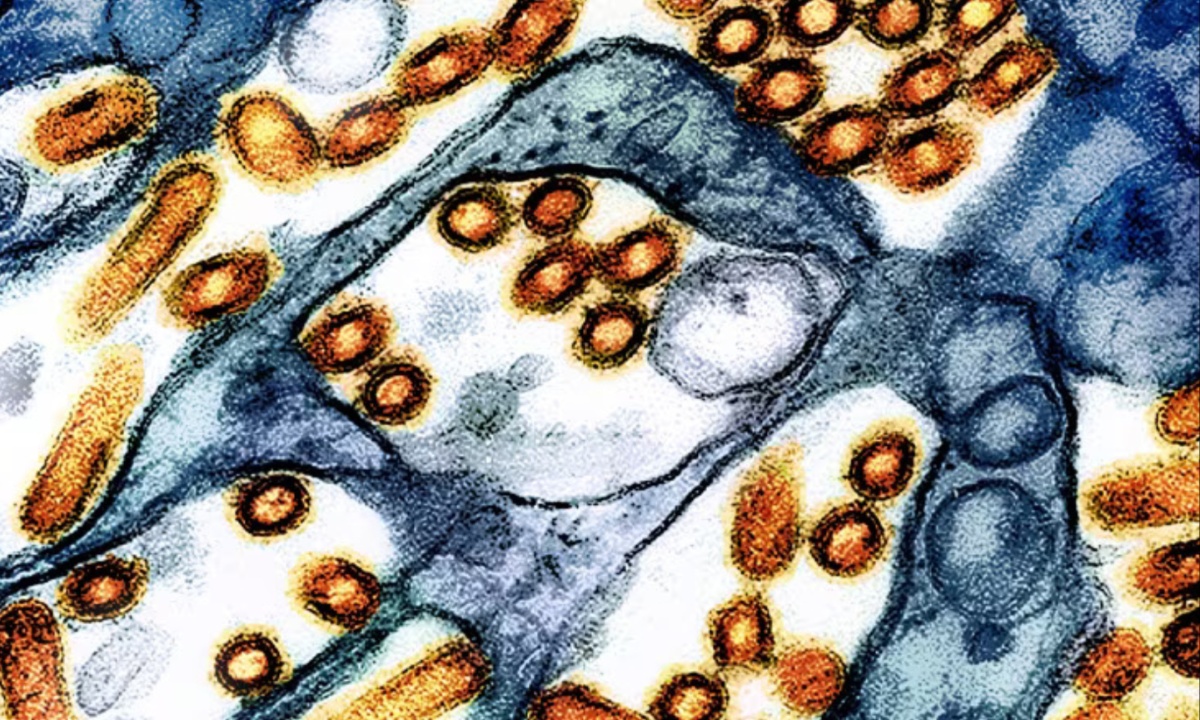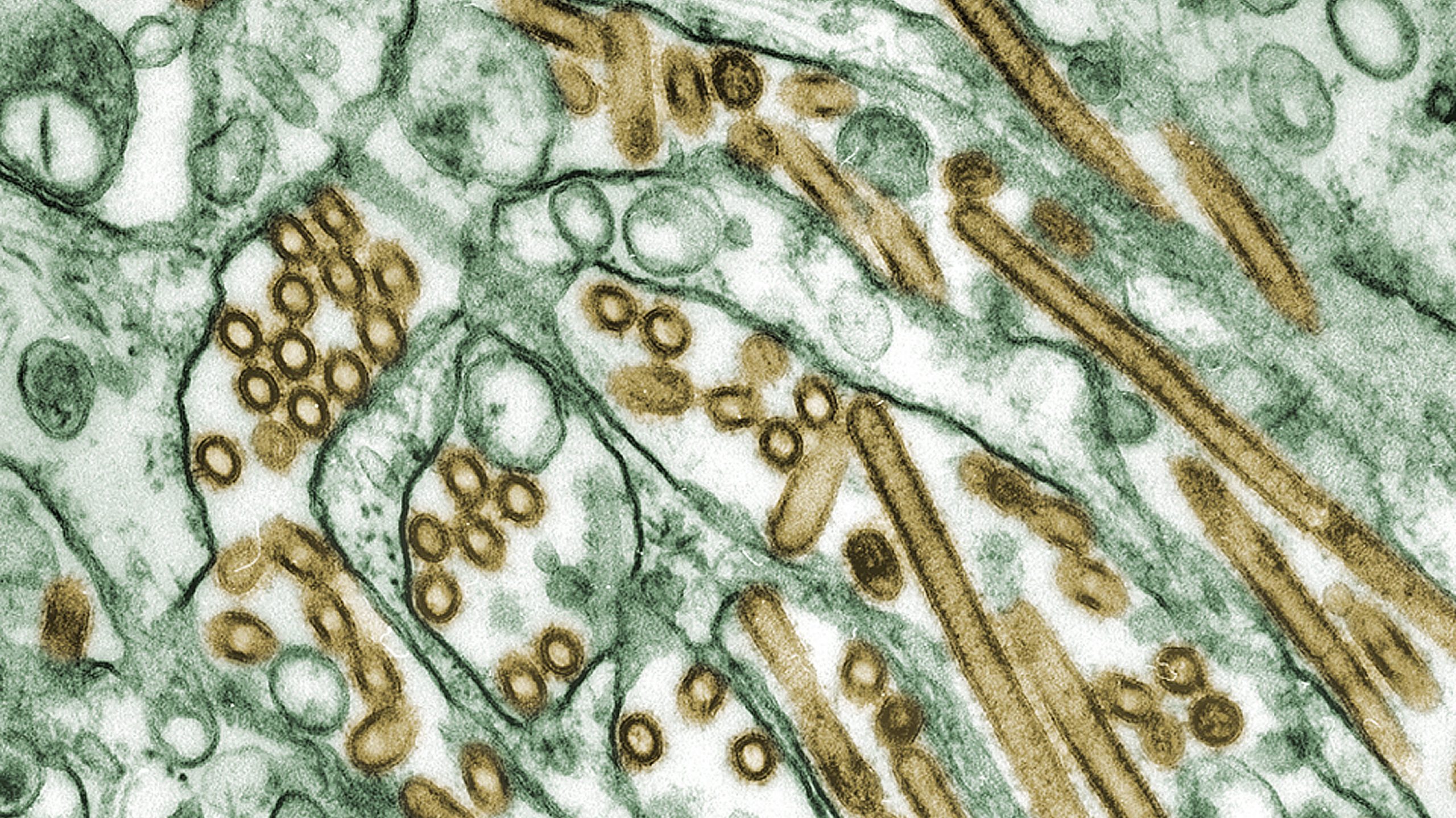Four additional health-care workers who treated a patient with H5N1 bird flu have reported experiencing respiratory symptoms after their exposure, according to the U.S. Centers for Disease Control and Prevention (CDC). Among these workers, one had high-risk contact with the patient before the hospital implemented precautionary measures, such as mask-wearing.
The other three reported low-risk contact after such precautions were mandated. Despite their symptoms, none of the workers was tested at the time they fell ill, raising concerns about monitoring and responses in healthcare settings.
Before the latest disclosure, two other health-care workers had already been identified with symptoms, bringing the total to six. The CDC highlighted the scale of the investigation, noting that 18 health-care workers had been classified as having high-risk exposure to the patient, while 94 others had low-risk contact.
Fortunately, none of the affected workers displayed severe symptoms, and their conditions have since improved. One of them tested negative for influenza, while the remaining five will undergo blood tests to check for antibodies that indicate a previous H5N1 infection.

The patient, who had no known contact with animals, was confirmed positive for H5N1, marking the 14th human case in the United States since April. The previous 13 cases involved farm workers who had direct contact with infected livestock, particularly cows and chickens.
The investigation into the Missouri patient’s infection is ongoing, and while state health officials, aided by the CDC, are looking into its origins, there have been no confirmed cases of human-to-human transmission.
Investigations into the household contacts of the infected patient have concluded, revealing that one person who lived with the patient developed symptoms on the same day, although this timing suggests a common exposure rather than direct infection.
Both individuals did not exhibit typical flu-like symptoms, and only one other household member had limited contact with the patient but reported no illness. This underlines the ongoing scrutiny and vigilance required in the context of H5N1 exposure.
In response to the potential spread of H5N1, the CDC has developed a specialized wastewater test to distinguish H5 viruses from other influenza strains, especially relevant as flu season approaches.
They continue to advise the public to avoid contact with sick or dying animals, refrain from consuming raw milk, and use personal protective equipment when dealing with sick animals. The agency emphasizes that the immediate risk to the general public remains low, despite the ongoing investigation and the confirmed cases.
